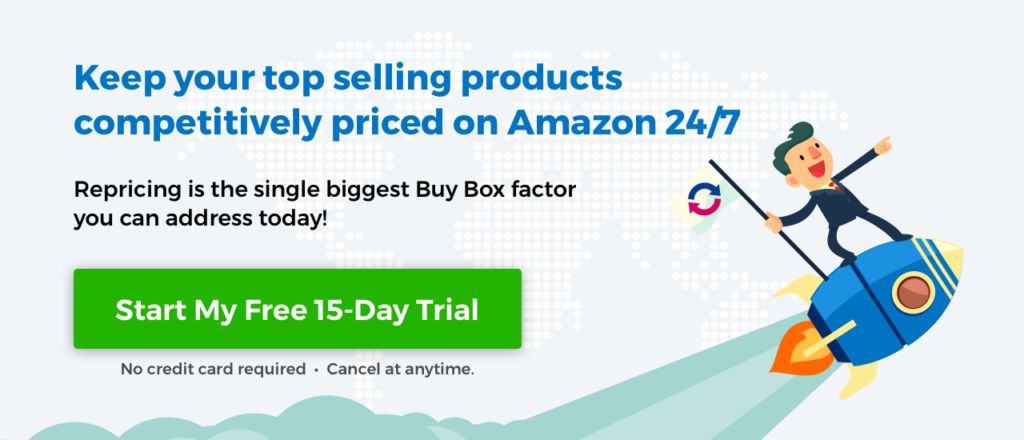Nearly everyone has either bought something from Amazon or knows someone who has. Selling inventory on the marketplace requires smart and strategic thinking. Read on to find out what you’ve been missing to get sales lifting off—boosting your traffic on Amazon isn’t overly difficult.
1. Watch Your Language
Fortunately or unfortunately, the internet is not designed to reward the Hemingways and Austens of the world. Instead, what matters is what words are used and where. Or, in other words, the locations of keywords.
Keywords are the main way a shopper finds themselves on your page and isn’t much unlike how you search for anything on Google.
If you want to find, say, black dress shoes, that’s probably exactly what you would type and not something like “glossy suede men’s pumps.”
Tips to remember:
- Use words instead of phrases to pick up on more hits, with buyers far more likely to use the former.
- Save your title for your title, and your keywords for the search—be efficient instead of redundant.
- Only use your own keywords so Amazon doesn’t accuse you of infringing on intellectual property—and then suspend you.
Bonus Tip: If you’re stuck, act like a customer and search for products like your own, and then use those keywords for yourself. It’s not particularly creative, but getting the right words down doesn’t always have to be.
2. Learn to Love the Amazon Algorithm
Algorithms are beautiful things because they offer simple choices when it comes to solving equations, and completely take the guesswork out of the process. They can range from the super-simple paper hand fortune tellers to what Amazon uses, which mutates itself according to category and country.
It’s not important to know the details of the algorithm—mainly because Amazon won’t tell anyone—but it’s crucial to know the pieces that go into it:
- Price: Shuffle your sales tags up and down every six weeks or so to keep your listing fresh (your repricing software can help with this).
- Availability: How many of a certain product you have left in stock shows up on your page, letting buyers know if you’re pricing it to sell or pricing it by market standards.
- Selection: Users may think they know what others search for, but they don’t because Amazon guards this tidbit close to their chest.
- Sales History: Where you rank matters on how much you sell, that’s it. Amazon doesn’t care about anything else but how much money passes hands.
3. Money Talks
We’d all love to sell Stephen King paperbacks for twice what they’re worth, but readers know they can get any title for less than a coffee. Although it may sting a bit in the short-term, consider using sporadic discounts to bump up your standing in search results (you can bulk edit your inventory and adjust pricing rules quickly in your repricing solution).
This practice, known as price optimising, will help you sell products and beautify your sales history. There’s one important thing to remember, and that’s to balance price against popularity.
Your most popular products are the ones with the most page views (SellerCentral Account -> Reports -> Business Reports -> Detail Page Sales and Traffic). Many rookies make the mistake of looking at their total most popular products, but think of it this way: there were a lot of Furbies sold in the ‘90s, but what’s the popularity of them now? What about shoulder padded-shirts, or bell-bottom jeans? Think recent, as in the last month or so.
Final Thoughts
It takes a little bit of hard work and smart thinking to become an ace seller on Amazon, but boosting your traffic doesn’t have to be a secret left to a select few. By keeping these tips in mind, you can also see your Amazon traffic really take off!
Start Amazon repricing free for 15 days today. Proven to increase sales and profits.







